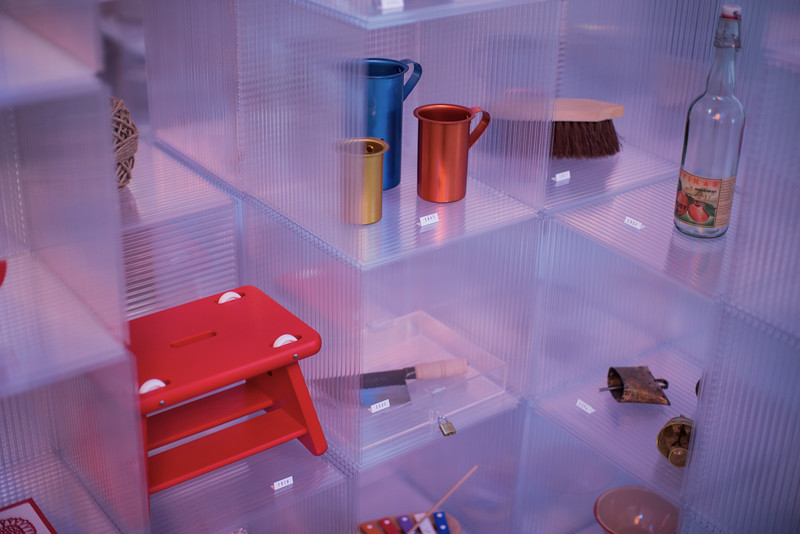Kiosk Uses TTS To Highlight The Humanity In Everyday Objects
Time to read:

The cacophony of New York City is engrossing. You can stand on a crowded corner and try and pick out the layers of sound. Look up and you can pick out noisy visuals all calling for your attention, from billboards to 3 story screens. Stepping out of the street and into MoMA PS1’s Kiosk Exhibit, the contrast is heightened. There’s no competition for your attention. The gallery has it. Once they have it, they’re using all sorts of mediums, including text-to-speech (TTS) to bolster the way you consume art.
Marco Romeny and Alisa Grifo dig the sound of a robotic voice they chose to guide MoMA users through an audio tour of their exhibit. The installation celebrates the story behind everyday objects.
ArtNet reviewed the exhibit saying “The straight-ahead pleasure to be had from Kiosk‘s oddities – wooden strap-on skates still being made in Holland; hand-bent aluminum hangers from a market in India – is an obvious avatar for the pleasure to be had from art.”

Making Robots Sound Human When They Talk About Art
The museum go-er is staring at something that’s rich with human personality and context, while listening to a TTS robot describe the work.
“Our descriptions have always had a overly humanistic side to them – some bad humour, a little poignancy, consciously side tracked,” says Marco “It gets pretty hilarious when my wife Alisa writes about ‘her husband Marco’ and it’s being read by this decidedly male deeply voiced robot.”
Building Kiosk’s Audioguide
Marco built the TTS-robot with Twilo’s TTS capacities and NodeJS. The build was far more cost effective than investing in hardware for the audio-guides and recording 1,300 different clips of two minutes of audio. Using Twilio, he could easily drop the dialogue in the TTS engine and skip both the financial and logistical hassle of purchasing audio guides. Plus, Marco was already familiar with Twilio. He set up a Twilio number he used to filter unsolicited sales phone calls while entertaining callers who had a real reason to contact him. “It seemed to work! no sales and happy callers!” “It was the service I had most experience with and I knew it wouldn’t be too difficult of a task as I have been poking around the API’s for years, even though I never had the time to do a proper project.”
Thirty to forty users call the audio-guide on a daily basis for over two minutes at a time. The phone call is intuitive for Kiosk’s audience – most visitors have a phone, and can get the audio tour started immediately without having to download an app or figure out how to use a new piece of hardware.
The audience coming through can’t quite escape the technologically sophisticated competition for their attention in New York, they can take a brief reprieve from it, while experiencing how the juxtaposition of technology and art serve to highlight the differences between the two. But, put quite simply by Marco.
“I think people hope to escape the smarter aspects of their smartphones when having a museum day.”
Kiosk is proudly supported by the Twilio.org program. Learn more about them here.
Related Posts
Related Resources
Twilio Docs
From APIs to SDKs to sample apps
API reference documentation, SDKs, helper libraries, quickstarts, and tutorials for your language and platform.
Resource Center
The latest ebooks, industry reports, and webinars
Learn from customer engagement experts to improve your own communication.
Ahoy
Twilio's developer community hub
Best practices, code samples, and inspiration to build communications and digital engagement experiences.


